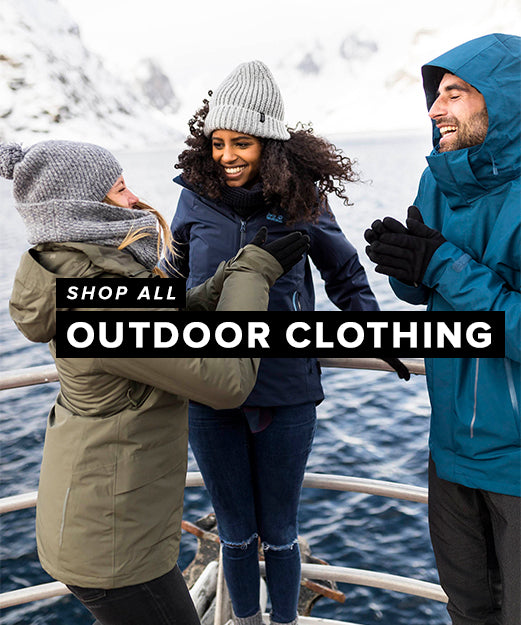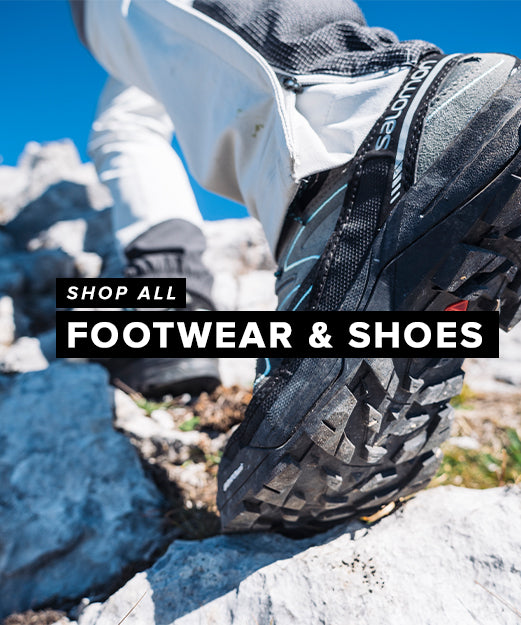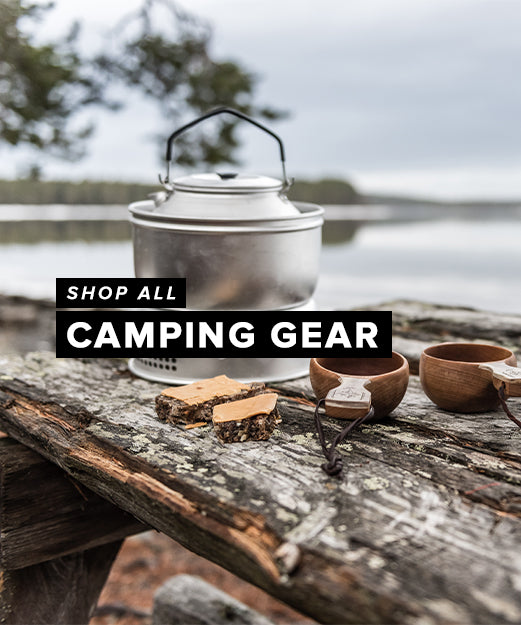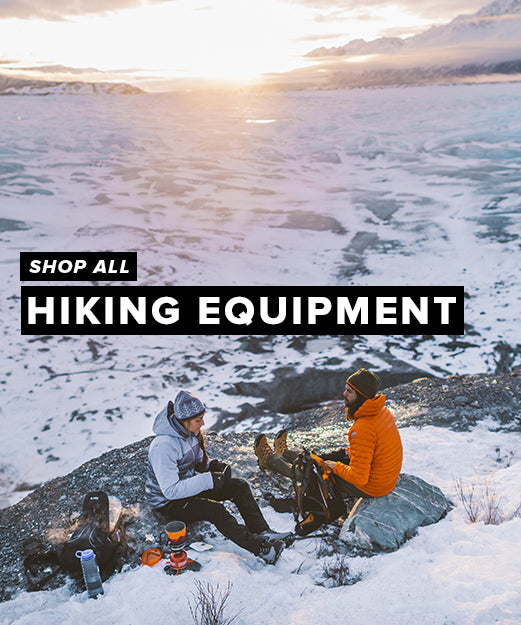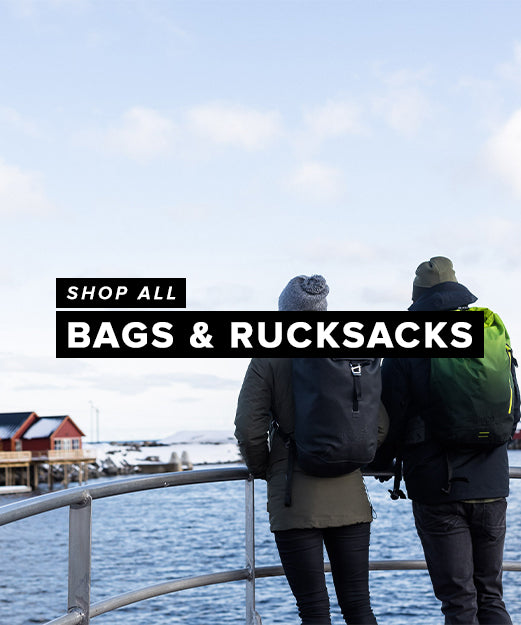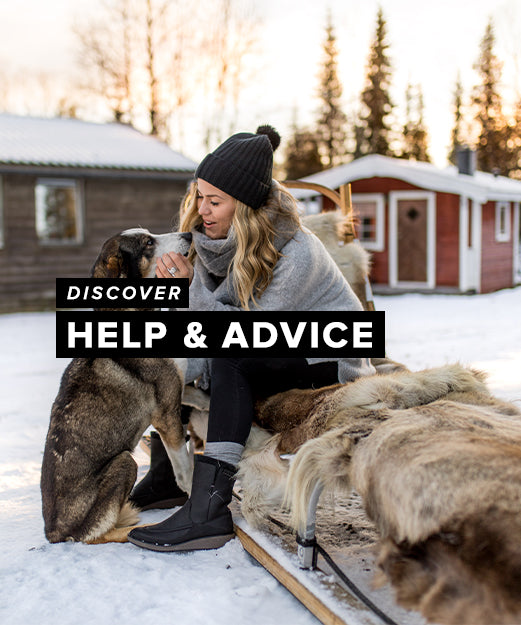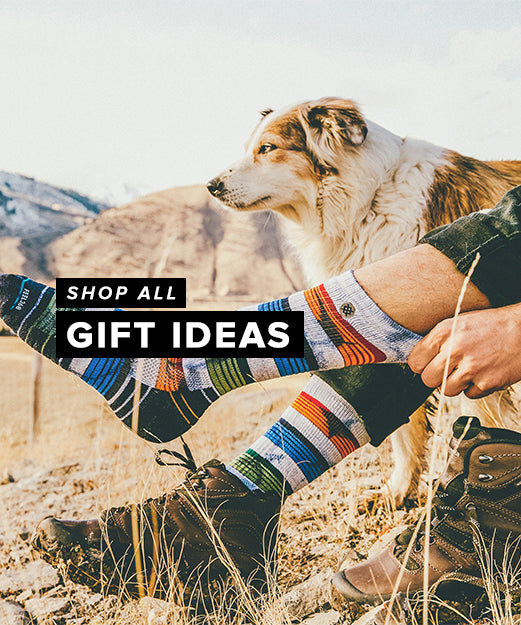Snowboarding is so cool – but oh-so-tough to learn. When you’re up and flying, snowboarding is the best – it just takes a while to get to grips with technique and you’ll find yourself on your bum a lot of the time. Snowboarders where comfy clothing and even more comfortable boots – but before you can look good on the slopes in your kit you need to be able to turn and carve.
[caption id="attachment_1312" align="alignleft" width="259" caption="Top tips: Sit down while strapping into a snowboard"][/caption]
So, there are advantages and disadvantages of snowboarding, but still many people are keen to learn.
Here’s a guide to the basics of snowboarding
Bindings: These attach your boots to your snowboard. But unlike skis, snowboard bindings are not designed to release when you crash or fall over.
How to get into your snowboard bindings: It’s easiest to do this while sitting on the snow. Place the snowboard perpendicular (across) to your body and flat on the slope. Put your front foot into the base plate first and insert the straps into the buckles of the binding. Now ratchet them tight. Do the same with the back foot. Ensure the boots and baseplates are clear of snow before doing all this.
Many snowboarders have a
safety leash so that in the event of a fall while out of the bindings, for example while jumping off a chairlift or being knocked over by someone, the snowboard will not run away from you.
Before you
stand up, again check that your board is perpendicular to the slope so that you don’t suddenly go zooming off down the mountain.
How to stand up on a snowboard
Whichever technique you choose, ensure you put the same amount of weight on each foot as you follow the procedure.
The push-off: With your knees bent and your feet close to your bum, lean back then thrust or push your weight forward and over your feet, also pushing off from behind with your hands.
The pull-up: Again, with your knees bent and your feet close to your bum, pull yourself up by the toe edge of your board. If you have trouble, use one hand to push from behind at the same time. Engaging your stomach muscles will help considerably!
The roll-over: From sitting, roll yourself over your body or your head on to your knees, then stand up by pushing your weight backward and over your feet.
How to stop while on a snowboard
Stopping is probably the most important technique to learn! On a snowboard you simply bring both feet – and the board –perpendicular to the slope and perform a scrape on the back edge to stop.
How to save yourself when falling on a snowboard
Learning to snowboard brings with it a high chance of falling over, and often. It’s just part of the learning process and quite soon you’ll be wondering why you did fall over quite as much in the first few days. But falling also brings with it a chance of injury. Here are a few tips to avoid the worst of the injuries:
- Try to fall forward on to your knees and forearms.
- Make a fist when you fall instead of splaying out your fingers.
- Use you forearms, as well as fists, to take the fall.
- Falling backwards has the potential for ricocheting your head off the ground so try to hold on to your stomach muscles if you fall backwards.
Protection to wear as a beginner snowboarder
You will fall over and so it’s important to wear a helmet and, if you can afford them, wrist, shoulder, butt and hip protection. This protection fits under your clothing so no-one needs to know you’re wearing it, except you, so that when you fall the protection (rather like mountain biking protection) helps to take the brunt of the fall… and not your bones.
Take snowboarding lessons
The basics of snowboarding require a few lessons. Sign up to classes on your local dry ski slope, indoor snow zone or outdoors in Scotland. You’ll be stuck on the nursery slopes for the first day or so, but this is when you learn the methods for good snowboarding. Much of the learning process is about balance, understanding and confidence. After that it’s practice.
* In a forthcoming blog we’ll guide you through the technique for using a chairlift while snowboarding and some advanced skills.
 NEW!! Free UK Delivery
NEW!! Free UK Delivery Hassle-Free Returns
Hassle-Free Returns Clearpay
Clearpay


